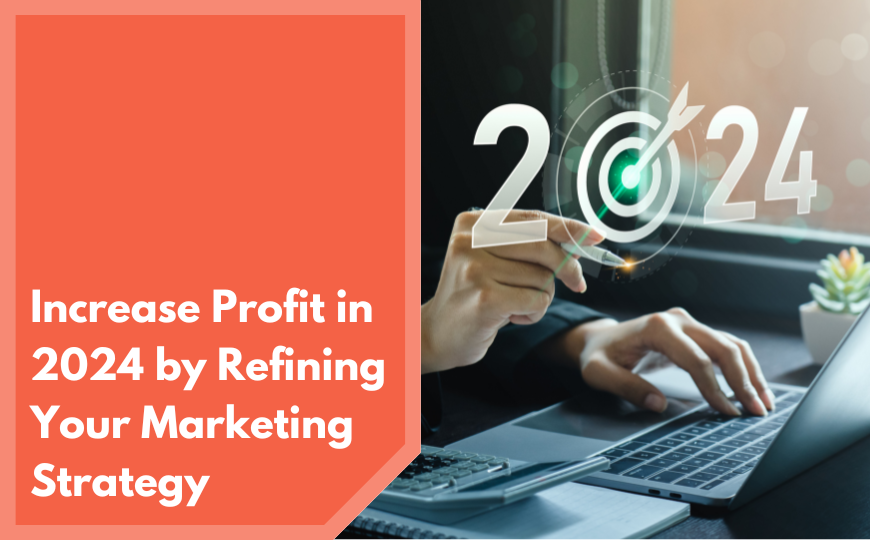Every day, prospects and customers pass judgement about your products or services based on presentation. To develop new leads or build customer loyalty, getting your brand’s message right is crucial, especially for new businesses.
But to persuade a customer to do something, you need to know how to approach them in a way that makes them want to buy or share their information.
What is cognitive fluency?
In the most basic form, cognitive fluency is ease in which information is processed. Does the task feel difficult? Was the information easy to understand? Successful digital marketing is all about how we make our target audience feel – we want to use cognitive fluency to effect decision making.
When it comes to driving online conversions, long gone are the days of cluttered landing pages and annoying pop-ups. Instead, we’re now in the era of minimalism and letting the user call the shots.
This of course is entirely strategic. Creative marketers understand how to employ cognitive fluency to ignite a brand’s potential. It’s important that the user feels at ease throughout the process and at ease with the brand itself. The key here is focusing on how that brand’s name feels, not what it means.
On the topic of brand names, keep it simple. While many new businesses strive for an imaginative name that they think people will remember, the truth is, it usually doesn’t work in their favor. In general, the simpler the better.
How Fluency Impacts Online Experiences
To generate a feeling of familiarity, we need create not only brand names that are easy to pronounce but are also easy to remember. We want this experience to feel good, simple, user-friendly, all of the above.
To do this, we all need to think like consumers. Website visitors gauge the overall visual appeal of a website within half a second of landing on the page. So… not very long. Simply put, you need to captivate visitors and keep their attention with the first few moments of arrival.
But how? I recommend starting with a little self-audit. Google your website and click on it like you’ve never seen it before. Judge how fast it loads. Judge the fonts, the color schemes, the buttons, the drop downs, the FAQs, the Contact Us page, etc. Pay attention to how you feel as you click through. Cognitive fluency is all about perception. Now ask yourself honestly, would I purchase something from this website? Would I fill out a form with my personal information?
When it comes to neuromarketing, it’s not surprising that fluency plays a tremendous role with user experiences and higher conversion rates. Let’s dive in further.
Understanding Cognitive Ease
While it’s one of the easiest neuromarketing principles to understand, it’s also one of the most overlooked. Cognitive ease, the way in which consumers understand your message, isn’t only about the brand’s name or visual on a website. It’s how all of the elements go together to leave a positive impression. For example, visitors don’t want brands to shove their products down their throats. They want to be in control of their own personal experience with a brand.
This includes fewer intrusive call to actions, easy-to-apply discount codes and pricing that makes sense on first glance. Far too many brands make applying a discount code a chore, which only leads to people clicking off the page because the brand then appears less trustworthy.
Building A Brand’s Identity
Regardless of niche, both digital and traditional marketing strategies are only part of the equation. Ultimate user experiences are now multi-tiered, meaning pretty visuals will only get your so far. Consumers of today no longer want to sit back and go along for the ride.
Consumers want an experience that goes from zero to 100 in a blink of an eye, and that means website design needs to be on point. Difficult to navigate or cluttered websites are the fastest way to lose a potential customer. Streamlined, easy to use and read sites pack the most punch. Minimalism should be the focus, regardless of which sector you are targeting. And minimalism – applied – means just the right amount of information at the right time, which will be different based on the industry and the product or service promoted. Don’t make the user search all day just to find the “Check Out” button.
In addition, your overall marketing strategy should tie into your website’s design. While it doesn’t need to 100 percent mimic it, customers should be able to see a connection between your marketing efforts, what they see online and in their email, as well as what they see in physical locations. Cohesive marketing strategies tell a story, regardless of where they story is being told.
Final Thoughts
Consumers today are smarter than ever. They have expectations of brands they do business with. Brands that fail to see the need for cohesive marketing or don’t research the psychology behind marketing are losing new leads and even possibly current customers.






